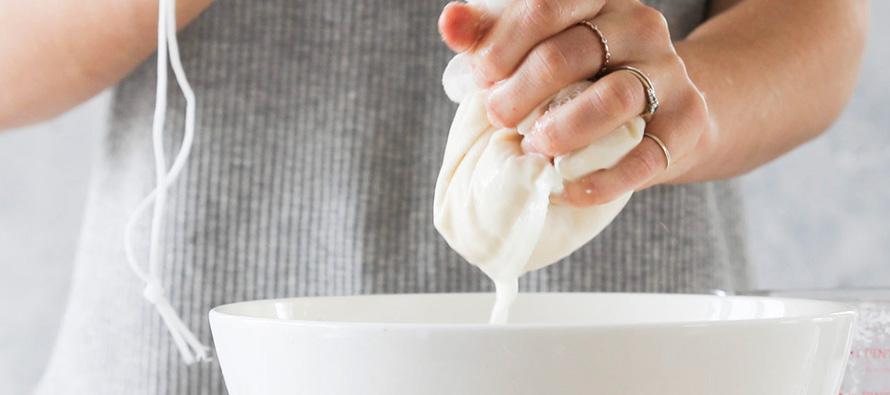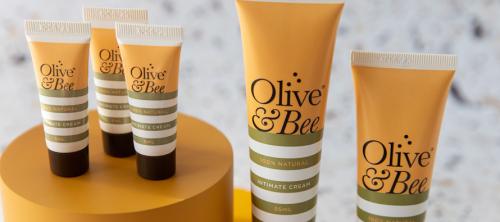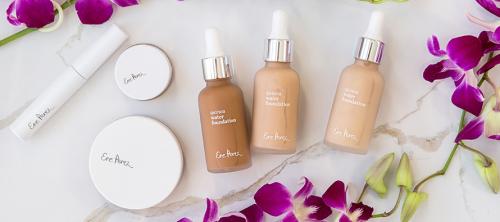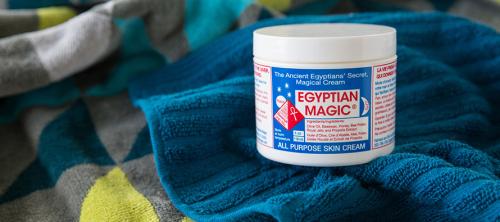Make your own coconut milk or coconut cream
Reducing and removing excess packaging in the #waronwaste is becoming more important. Back when we originally posted this article in 2012, it wasn't a mainstream topic of discussion. Today, we have a dedicated plastic free section in our store, narrowing down the choices for plastic free products and packaging as well. We have also stopped selling canned food and bottled drinks to help cut down on waste.
Canned Coconut Milk and Coconut Cream produce a fair amount of waste. Not only with the empty cans, but many people open a can and don't use it all. If you use coconut milk and coconut cream on a regular basis, it's easy to make it from scratch in bulk and freeze in portion sizes that suit your own cooking needs. While it's relatively easy to find it in bpa free cans these days, making your own leaves a much smaller footprint on the environment as there are no transport costs for shipping around liquid and no cans to dispose of.
What you'll need
- Fresh coconut or dried shredded coconut
- A good quality grater (or food processor with a grater attachment)
- A fine mesh strainer, cheesecloth or a nut milk bag
- Hot water
- A good quality blender
The Ever Eco Nut Milk Bag (pictured above) has rounded corners and is easy to clean and comes with a recipe booklet. It can be used for nut milks, hemp seed milk and more.
How to make homemade coconut milk or cream
- If using fresh coconut, grate all the flesh. Be sure to remove the brown outer skin, we don't want it in the cream.
- If using shredded coconut, put equal parts of coconut & water in a bowl and let it soak and rehydrate
- Place 1 cup of your grated / hydrated coconut in to a blender with 2 cups of warm (but not boiling) water and blend until smooth. For a creamier texture, use less water
- Pour through a fine mesh strainer or cheesecloth or nut milk bag
- Take what's left in the strainer and go again. The more times you go through, the weaker the milk will be, so don't go through too many times. Left over coconut meal can be baked in to cookies. If you're using a Vitamix or another high end brand, you may find there's not much meal left at all. This will give your first batch a really creamy texture but won't give you much int he way of leftovers. This is the price you pay for having a high-end blender, they work too well 🙂
How to store homemade coconut milk or cream
It won't keep fresh for too long, so our recommendation is to freeze it. We recommend freezing is done in glass containers where possible. A great way to do this is to use our jumbo silicone ice cube trays from Avanti and freeze in portions. When they're frozen in to cubes, transfer them to your favourite container and freeze. They are available in a variety of colours and don't have to be completely filled when freezing.

When using a fresh coconut, this can be a truly plastic free and waste free experience. When using dried coconut, there is a small amount of waste from the packaging (most of which can be recycled through services like RedCycle at your local supermarket) or you can purchase from your nearest bulk food store.
What is the difference between Coconut Milk, Coconut Cream and Coconut Water?
It's simple, so we won't over complicate the description here. Coconut Water is the liquid that's inside the coconut when you crack it open. It's the liquid stored inside the flesh. Coconut Milk and Coconut Cream are made using the method above, both from the same flesh. The difference between milk and cream is merely how much liquid was used.
This post was originally published December 2012 and updated in April 2019




